SummaryAirport Rating N/A Reception of locals ***** Cost: £££
During my short visit to Luxembourg, I had the opportunity to explore a number of neighbouring cities. In Luxembourg City I shared a hostel with some travellers from Croatia and they mentioned the ancient city of Trier just across the border in Germany as a city worth visiting so I took their advice and decided to make the trip. Roman ruinsI caught an early morning train from Luxembourg City to make the short one hour trip across the border into southern Germany and the city of Trier. What surprised me was the cost of the journey - a return ticket cost me less than €10. and it was a comfortable ride across the beautiful Luxembourg countryside. Founded by the Celts in the 4th Century BC, Trier is the oldest city in Germany and one of the oldest continuously habited cities in North-Western Europe. It was roughly three centuries later that Trier rose to become an important city when it came under Roman occupation and by the 4th century BC it had become one of the most important cities in the western half of the Empire as it hosted the court of the Roman Emperor Constantine. It was during this period that the city received one of its most famous monuments, the Porta Nigra. The Porta Nigra is a large Roman gate, in fact the largest in northern Europe and it was part of a network of gates and walls that served as the entrance to the city, as well as a defensive fortification against local Germanic tribes. It's incredible to see how well preserved it is, especially when you consider that it was completed around 200AD, almost two thousand years ago! All of Trier's famous monuments are located within a short distance of each other, and leaving the train station, Porta Nigra was the first one that I saw. It looks a little out of place next to one of the city's most busy roads, and that definitely takes some of the mystique away from it. However, pay the €4 to go inside and you are immediately transported back in time. You can walk along the gate, up three different floors and look outside the windows at the city. You can see inside the remains of a later church that was demolished by Napoleon during his conquests. It's a structure that it is as impressive as it is imposing and you can imagine how spectacular it must have been during its heyday. The Disney SquareIf I were to pick a favourite site, it would definitely be St Gangolf's Church. At 62 metres in height, it dominates the central square, and coupled with the intricately decorated buildings in its foreground, looks almost like the setting of a Disney fairytale. On the other side of the square is Trier Cathedral a large Romanesque and Baroque building. The current structure dates back to 1235AD, however a place of worship has existed on this site from at least 300AD. The Cathedral is tall (without being particularly so), but has a large footprint. I don't know how else to describe it, but it is just a very big building! The inside is particularly beautiful, as most cathedrals are. The building let in considerably more light than Notre Dame and St Paul's Cathedrals and it felt a lot more open. It was busy, but significantly less than others I have visited around the world. The cathedral hosts the seamless robe of Jesus, allegedly the robe that Jesus wore at his crucifixion, although this is only brought out once every few decades and is only dated with accuracy back to the 12th century. I spent a fair bit of time walking around, it's remarkable how much detail went into designing the interior of the church, but the end result is breathtaking. UNESCO World Heritage SitesThe Roman baths are perhaps a 15 minute walk from the Cathedral and form part of the wider UNESCO Heritage site. Again dating back to the 4th century, these are structures seldom seen north of the Alps. They are, however, in such a ruinous state that you're basically looking at a few scattered stones, and a couple of standing walls. It was easily the least impressive of Trier's landmarks and I didn't hang around too long, instead turning back toward the Palace of Trier. Standing infront of a landscaped lawn, the palace is beautiful without being spectacular. In contrast to some of the older Roman era ruins, this is a building that was designed on a grand, almost excessive scale in the 17th century. It is a slightly more colourful, and slightly smaller version of country manor estates found throughout England. However, what the Palace backs onto is a building that is perhaps the most remarkable of all, the Aula Palatina. The building was completed as a Catholic basilica by the Roman Emperor Constantine in 310AD. So much of the city's early grandeur developed during the reign of Constantine, and for me, this is the centrepiece. Standing at 33 metres high, its an amazing feat of engineering. Unlike the structure of today, the Roman building had a number of arches, but still, to think this huge building was completed almost 2 millennia ago is unbelievable. What's more impressive is that it still functions as a place of worship, although now it is a Protestant Church. My final stop was the birthplace of Karl Marx. Marx is known as the father of socialism, and having visited his grave in England, it was good to see the place where was born. He is widely described as one of the most influential figures in history and his views have helped shape the modern world. Unfortunately the museum was closed, but again, its only a 10 minute walk from the main square and it was nice to see the house, even if it was from the outside. Is Trier worth visiting?If you don't like history, you won't like Trier. In many ways it reminded me of towns back in England. The streets are lined with discounts stores, and some of it is really ugly. But there is also stunning beauty and a lot of history. Sure, there are some places such as the Cathedral and main square that have no equivalents in most towns back home, and most don't have residents nearly as influential as Karl Marx was. But somehow, the design of the modern city felt like a normal English town, with those pockets of history and beauty (and what stunning pockets they are). I had managed to see all the main sites and return to the train station in less than 4 hours. Honestly, half a day is more than enough in Trier. I visited three city's during my time in Luxembourg, and this was perhaps my least favourite, but that doesn't mean it's not worth visiting. The history is pretty amazing, and being in the oldest city in Germany was a nice feeling. The Roman ruins, in particular the Porta Nigra and Aula Palatina are remarkable in their preservations, the main square and Trier Cathedral spectacular in their design. 25/10/2017 09:43:11 pm
How cool that it is the oldest city in Germany. Love the photos; especially the snap of the ruins which do look quite aged and weathered. I would have to visit even if Trier is a bit off of the common stops in Germany. My mom is German - she was born in the Black Forest - so definitely will be visited. Fab post.
The Travelling Singh
27/10/2017 10:34:28 pm
Thanks Ryan. Comments are closed.
|
AuthorBritish Sikh, born in the Midlands, based in London, travelling the world seeing new cultures. Categories
All
|
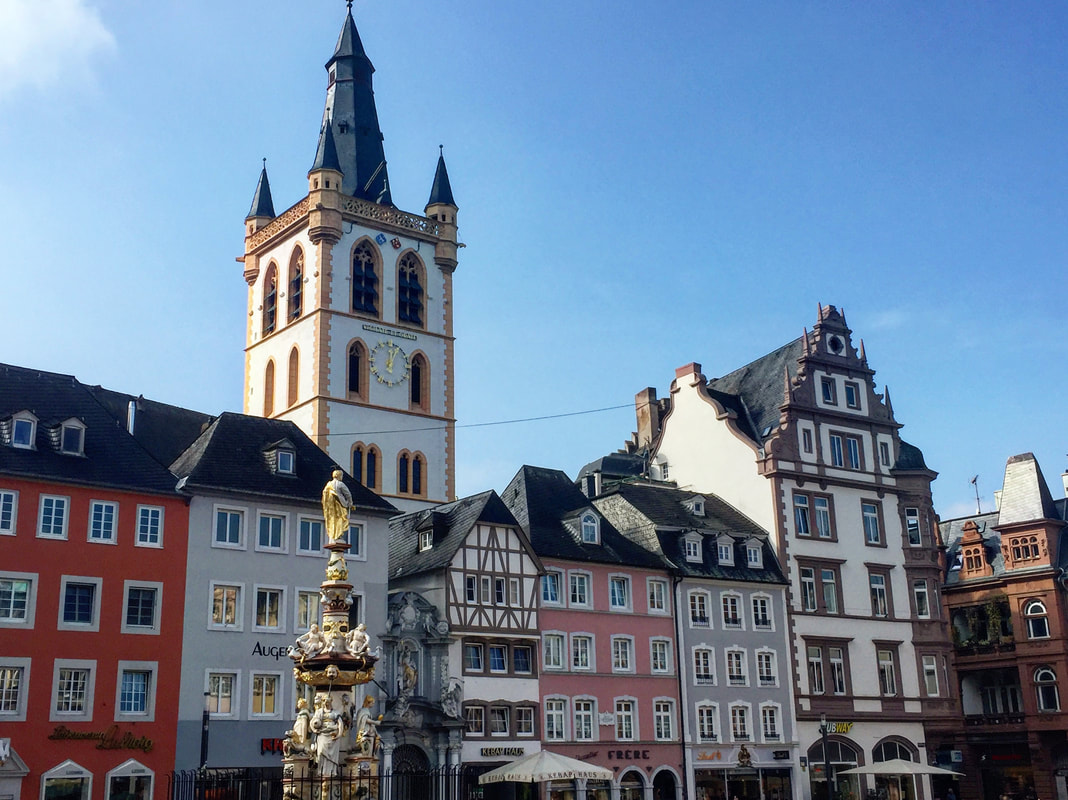
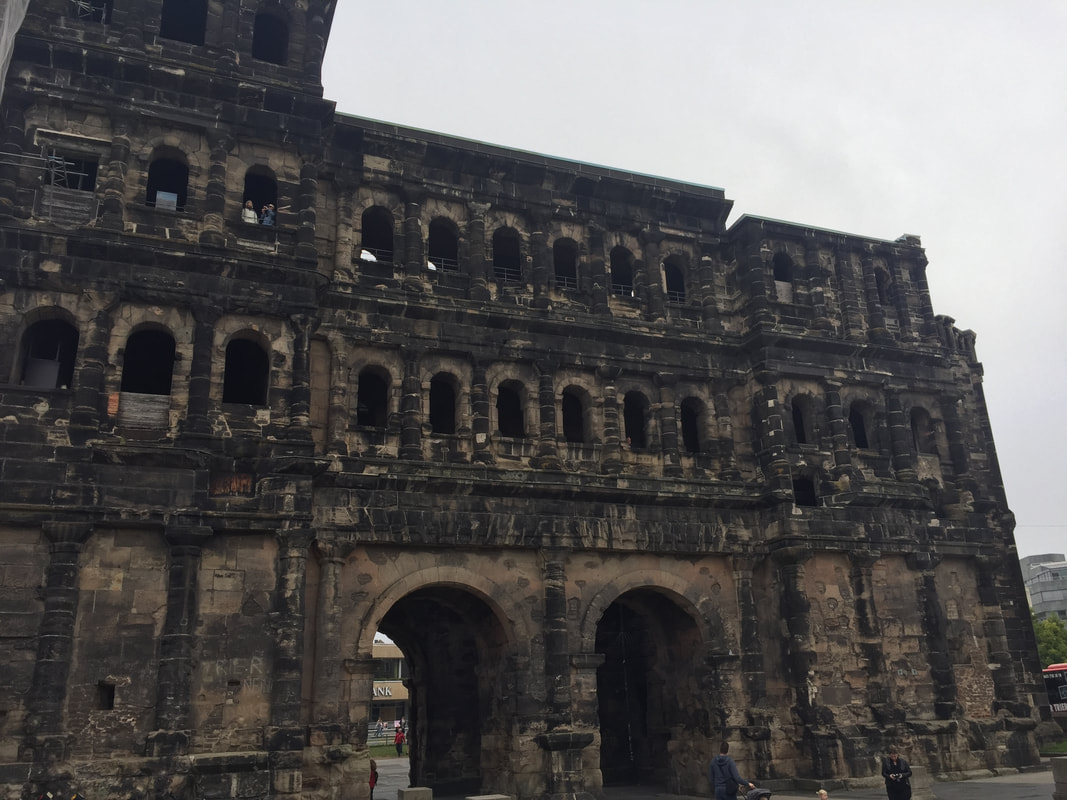
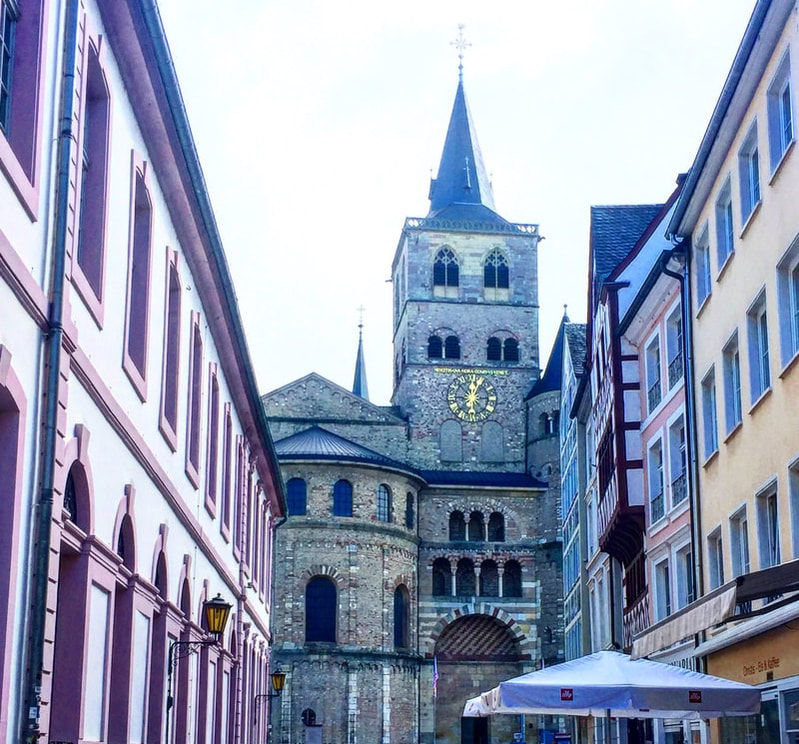
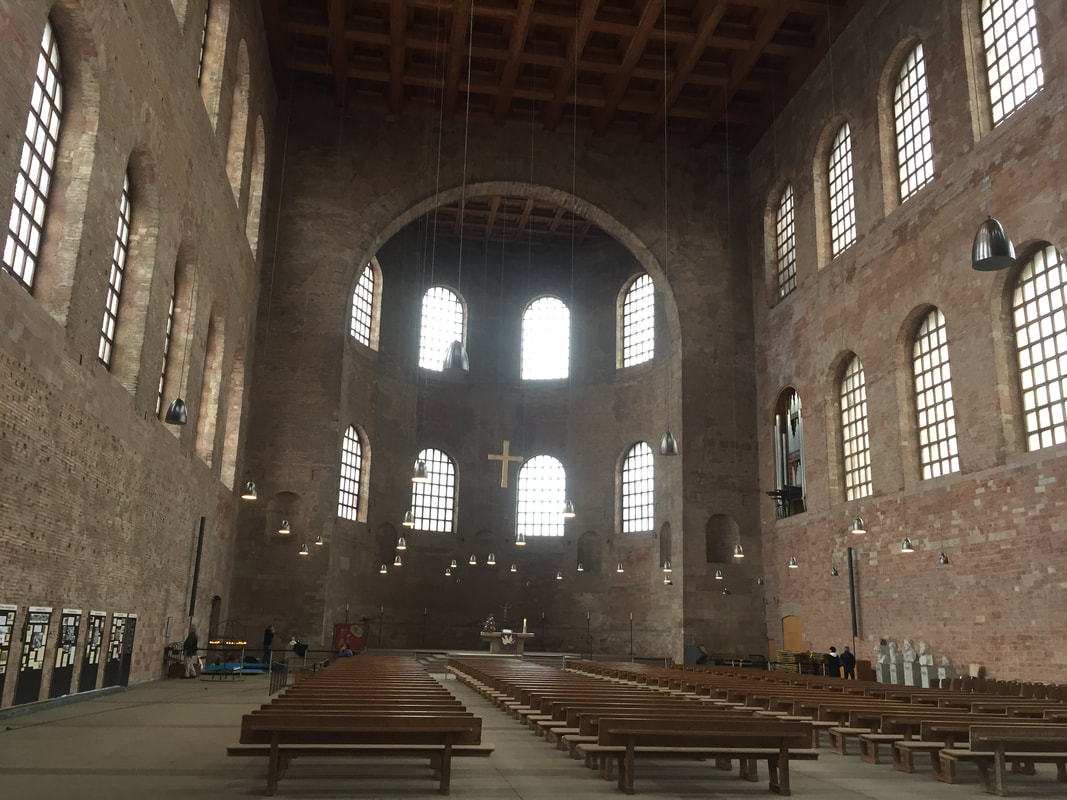
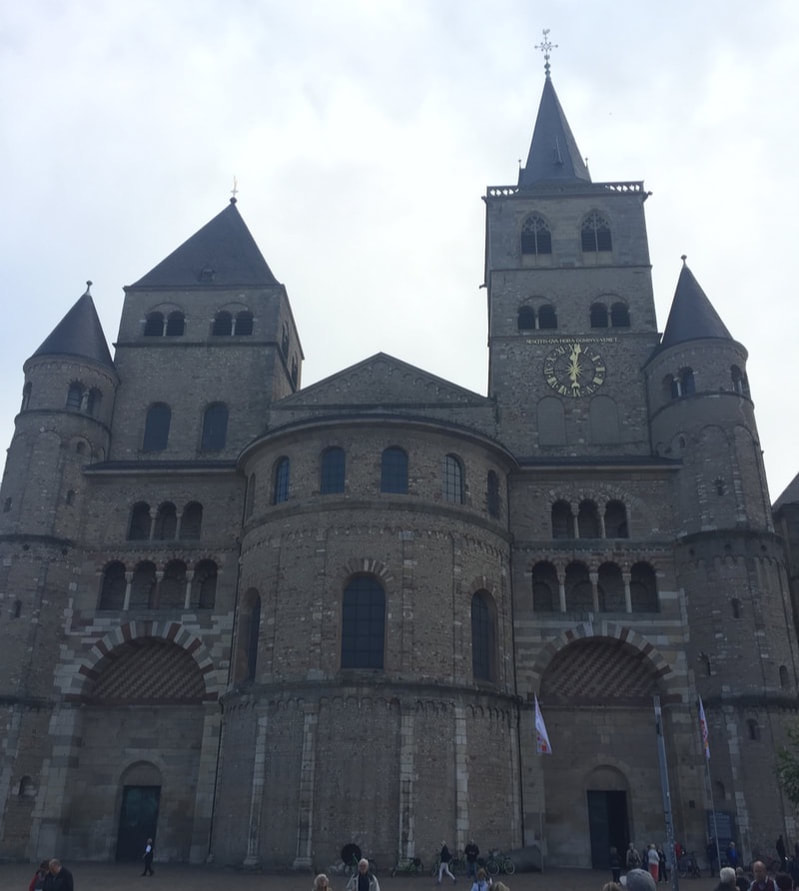
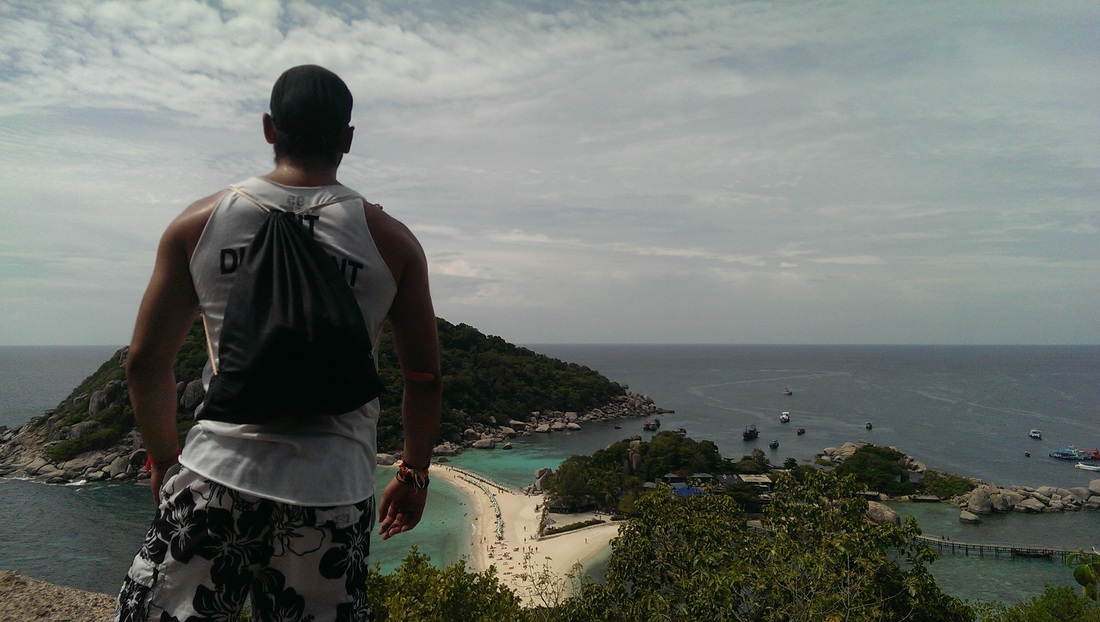
 RSS Feed
RSS Feed